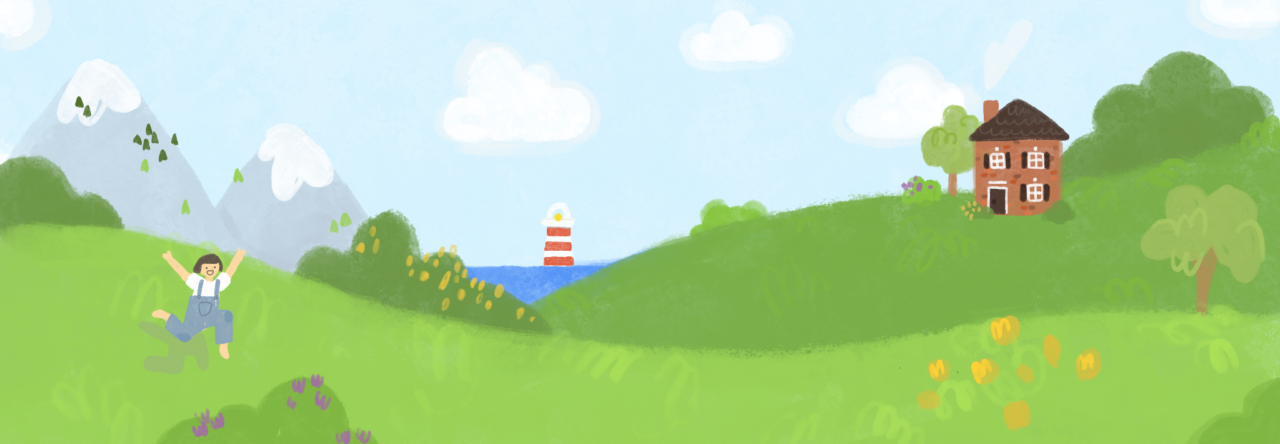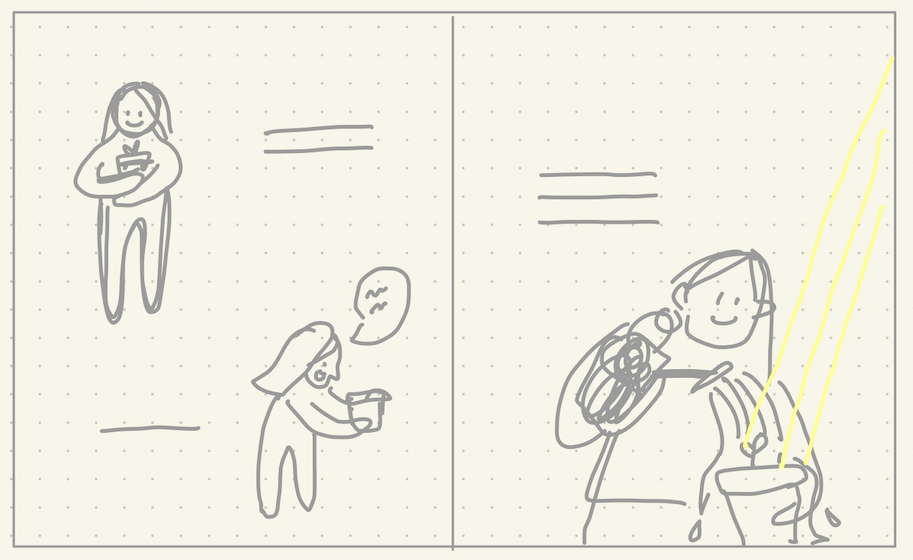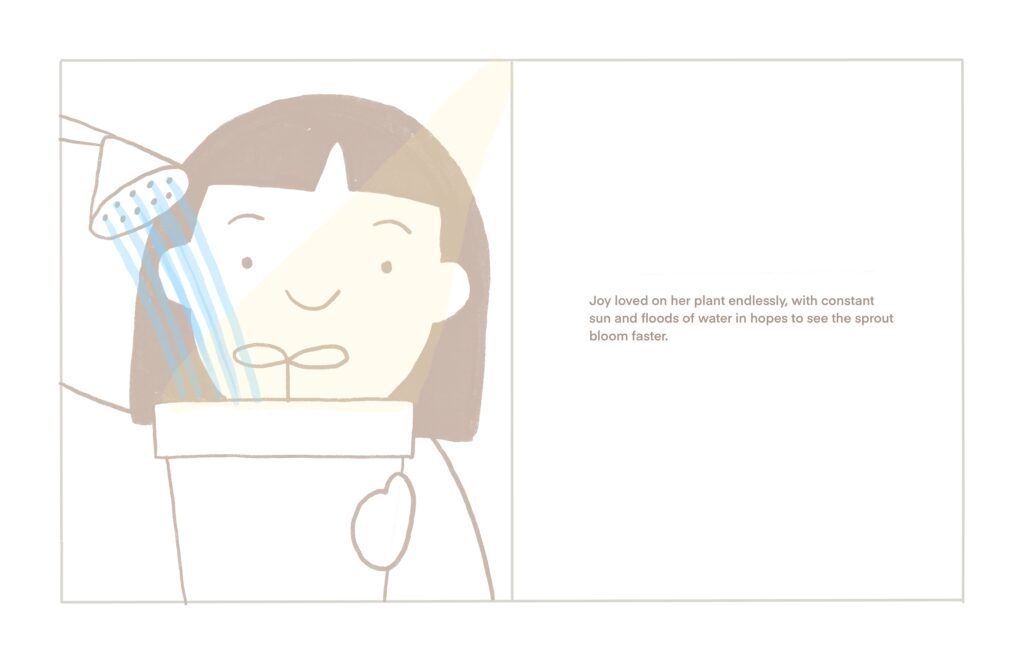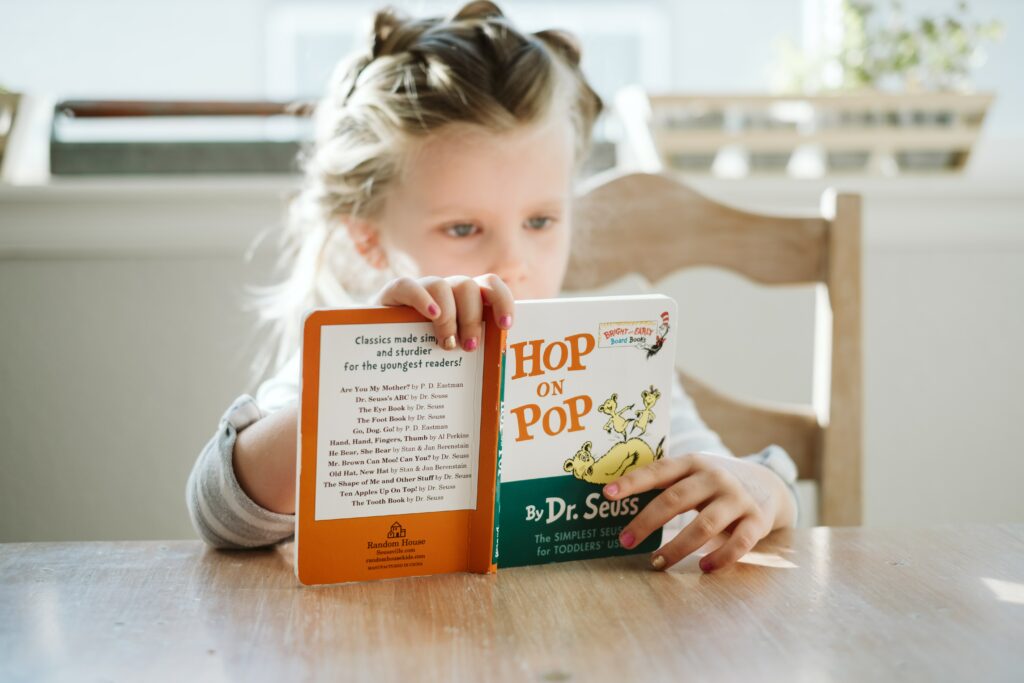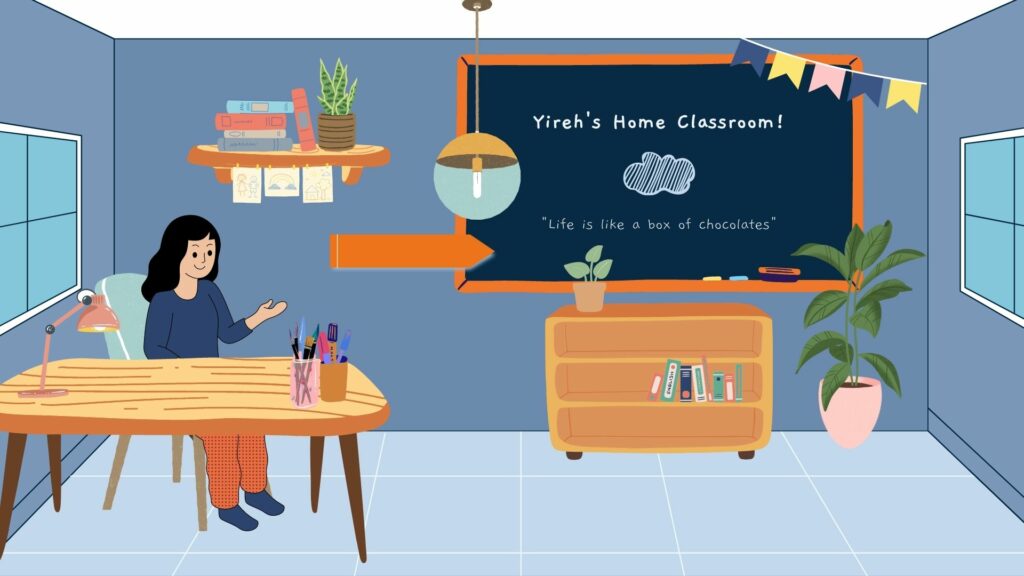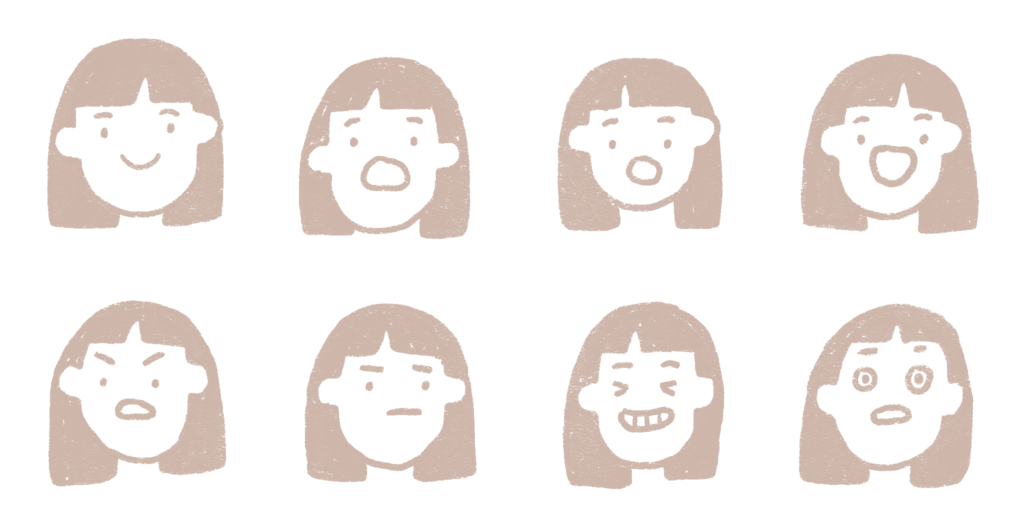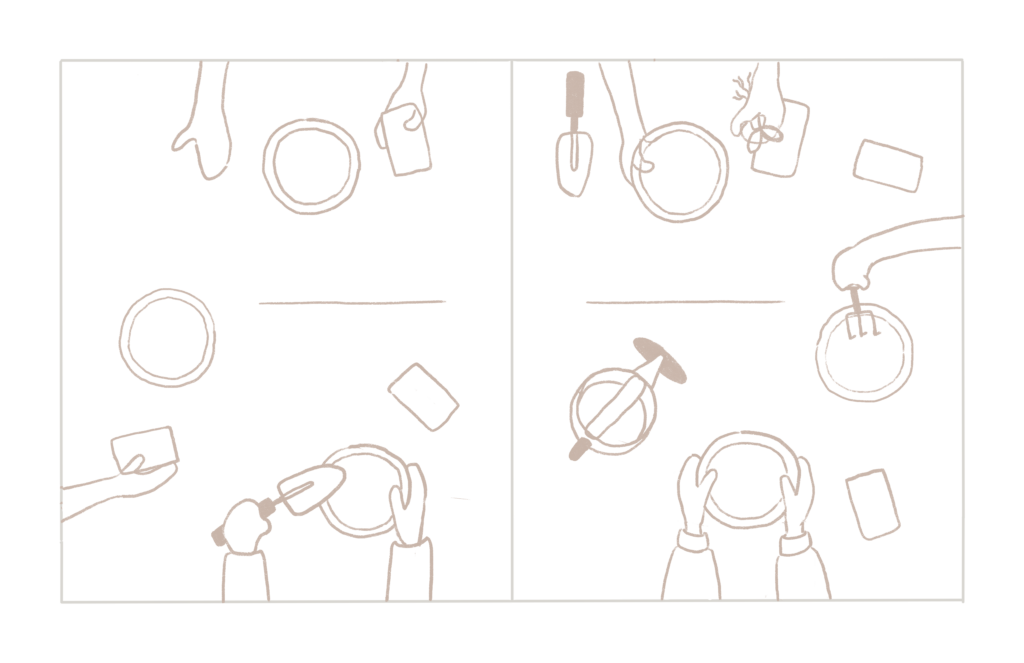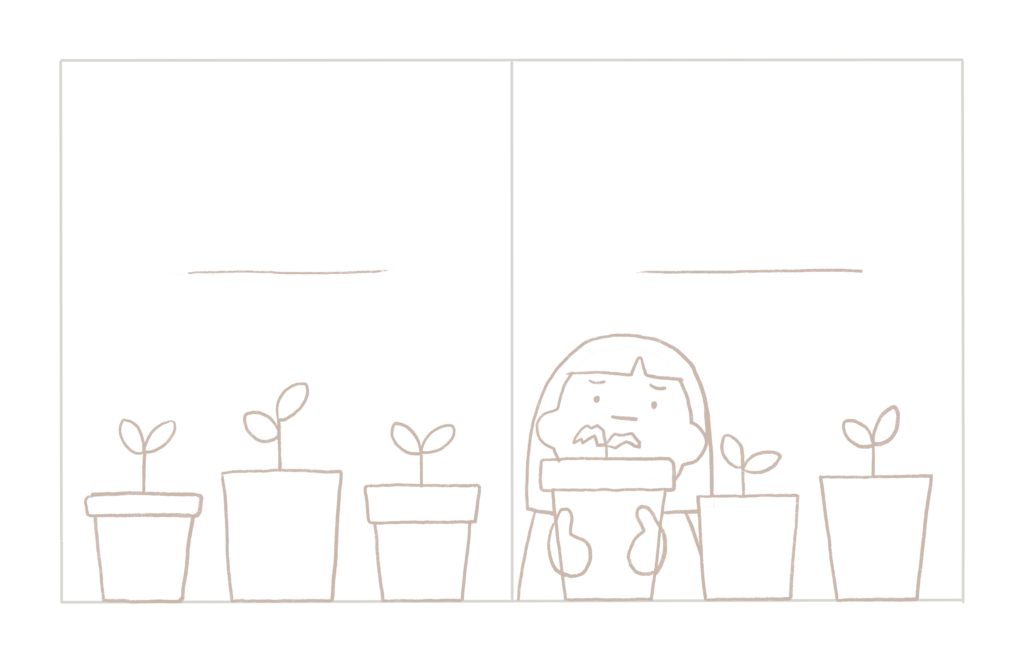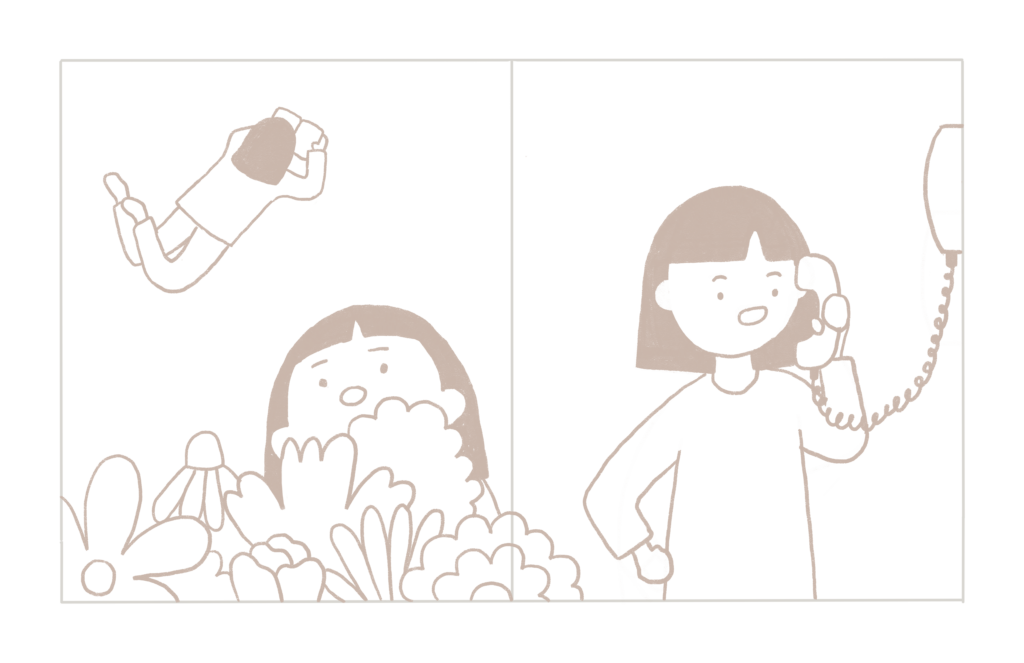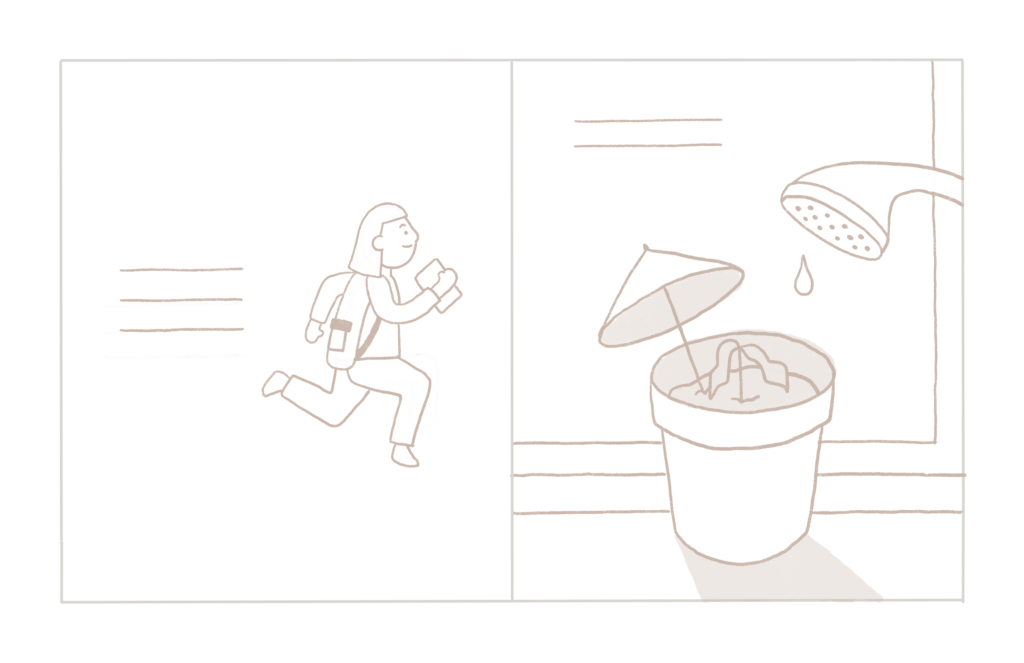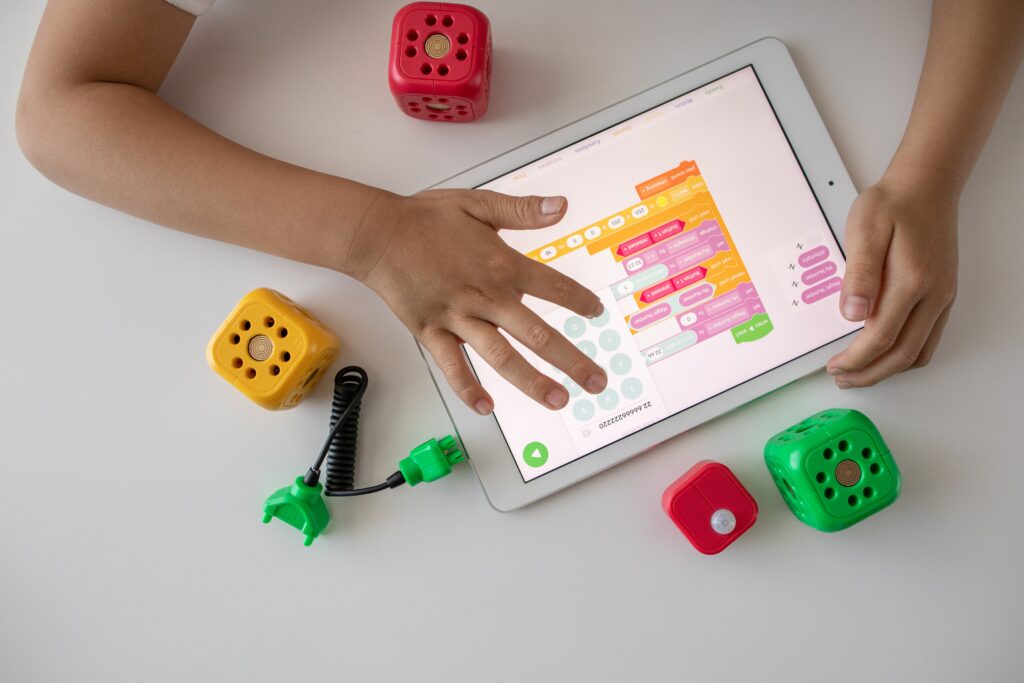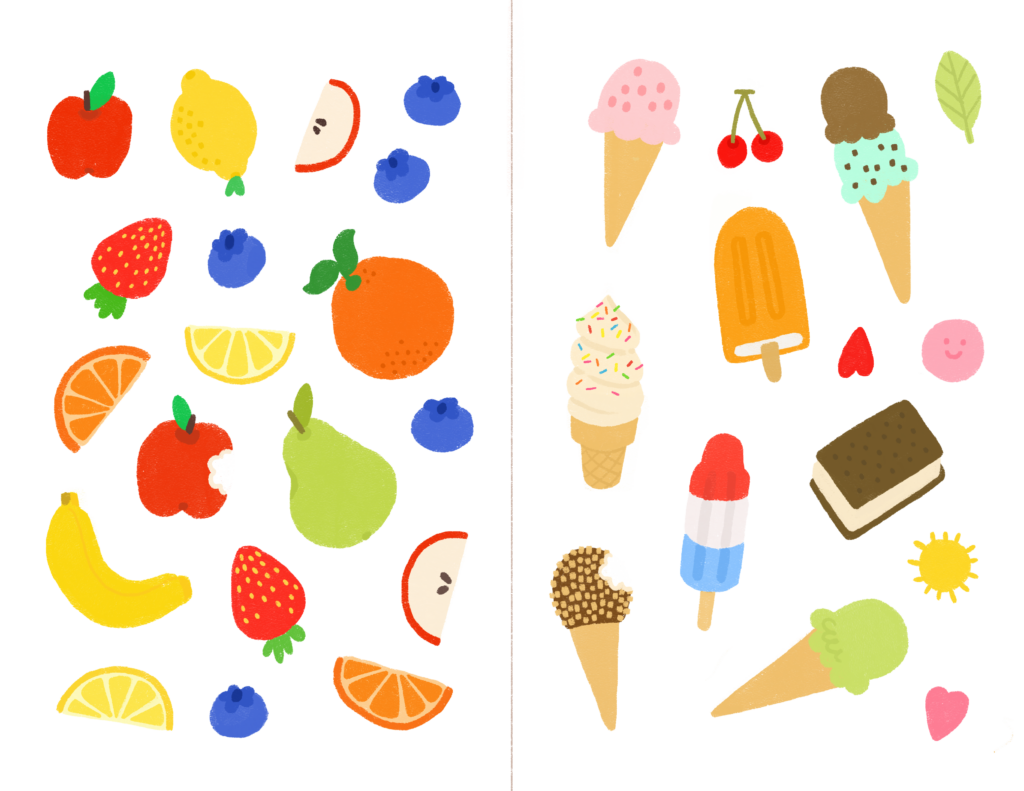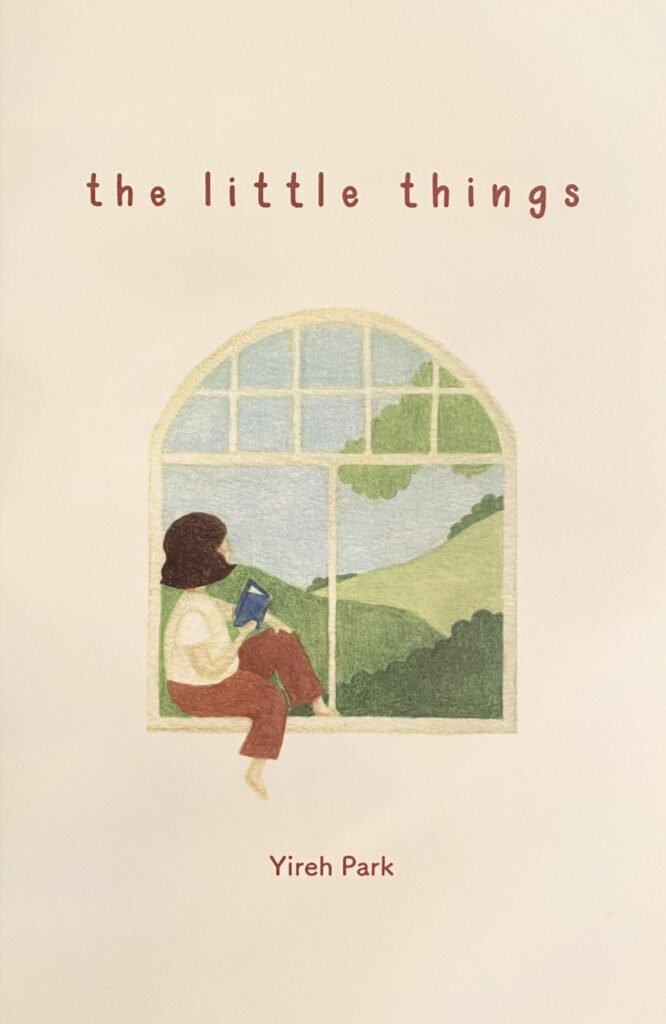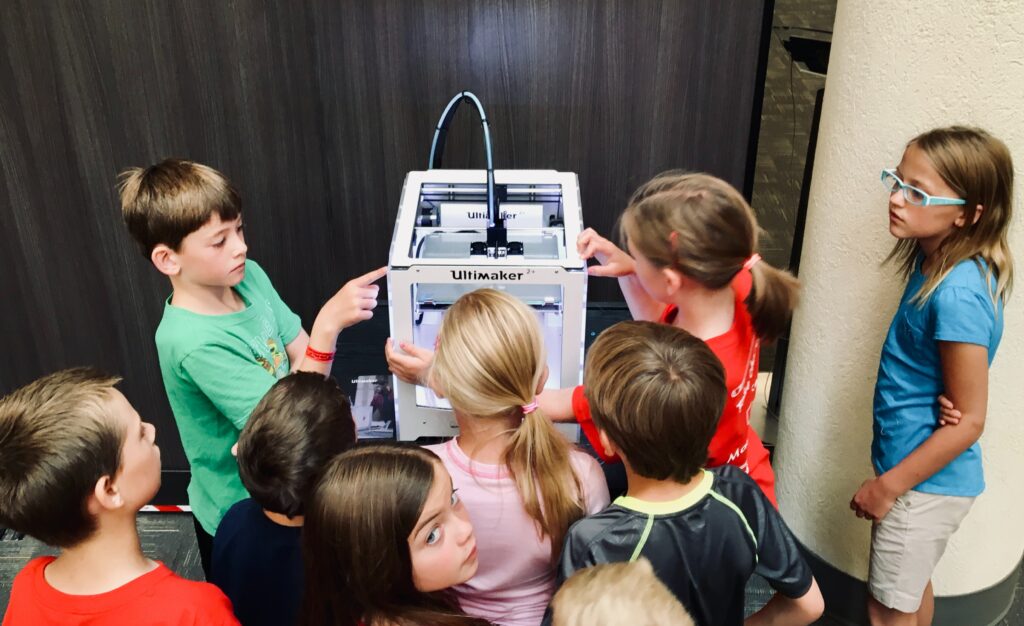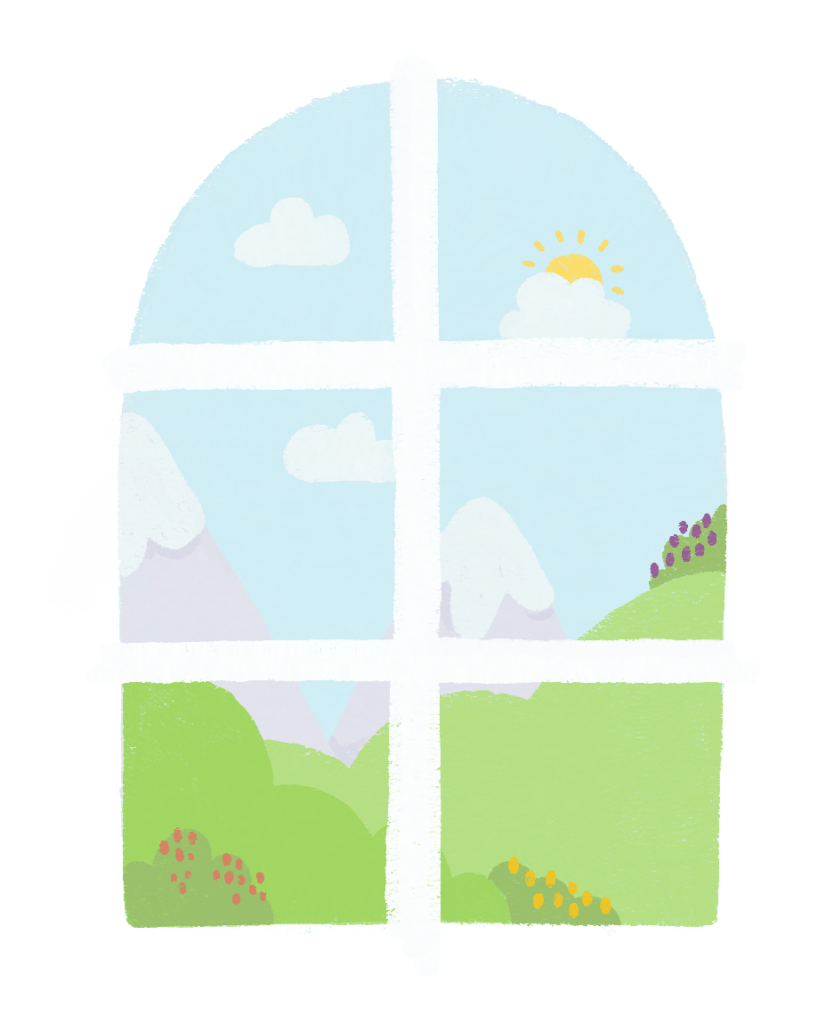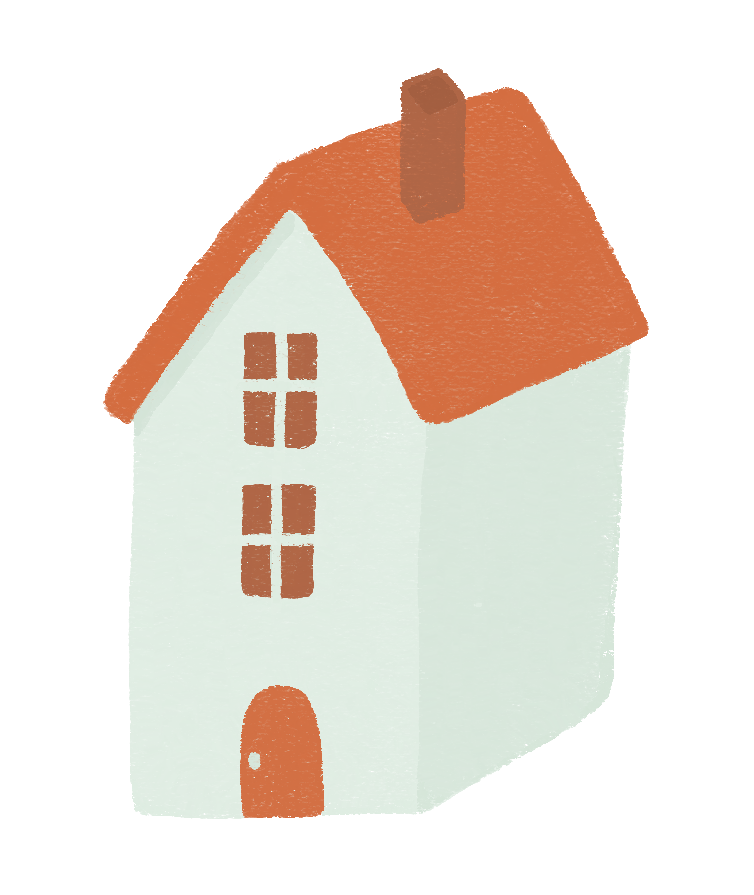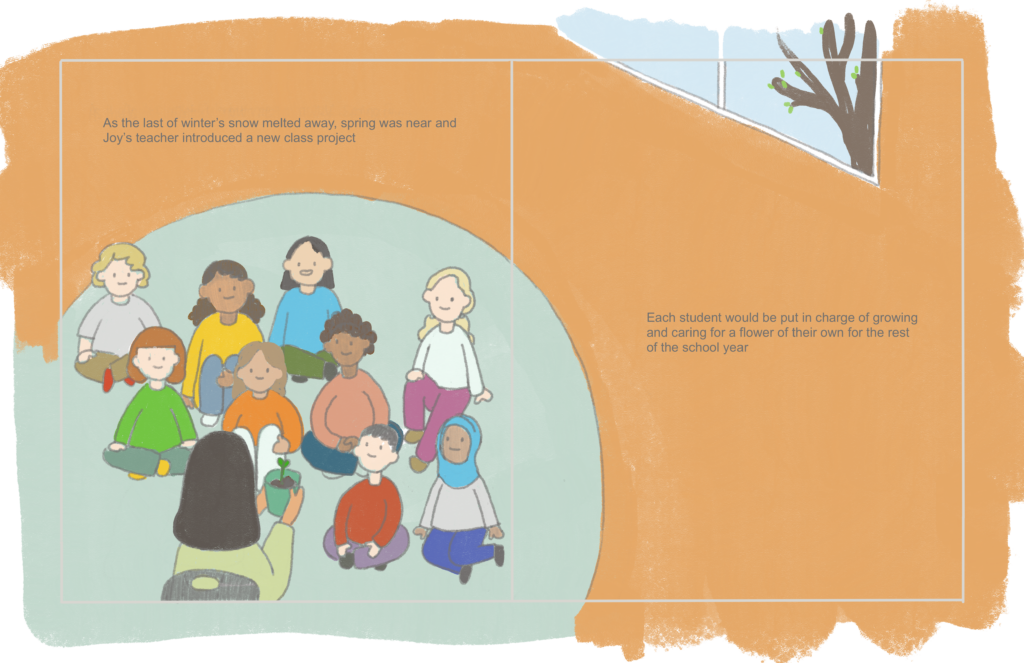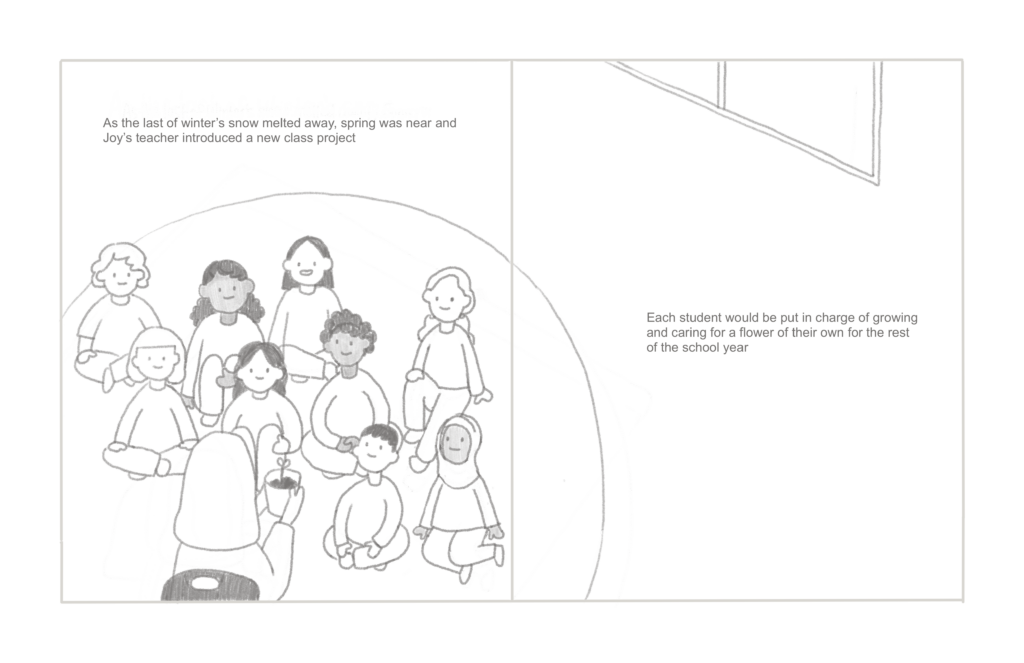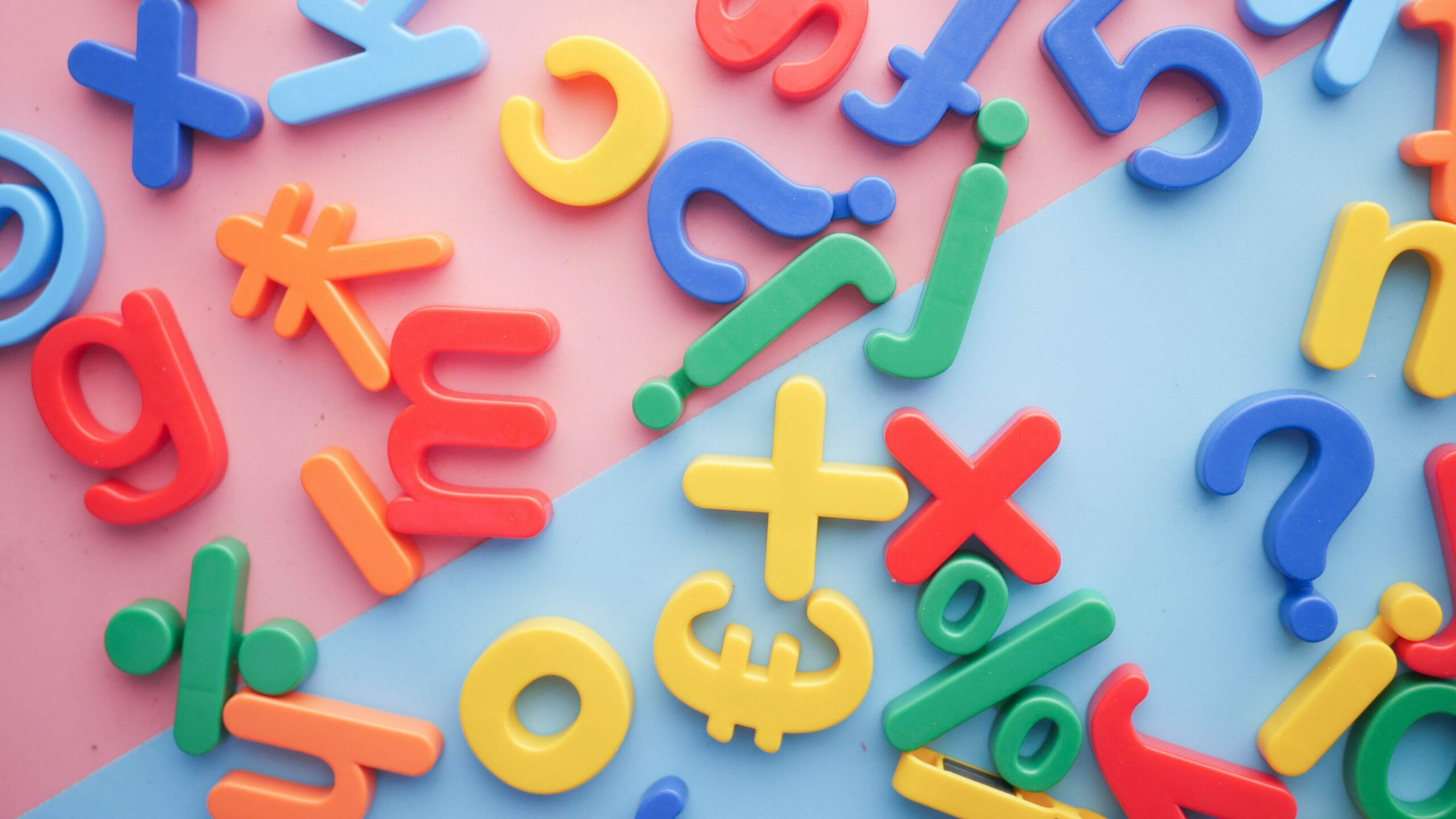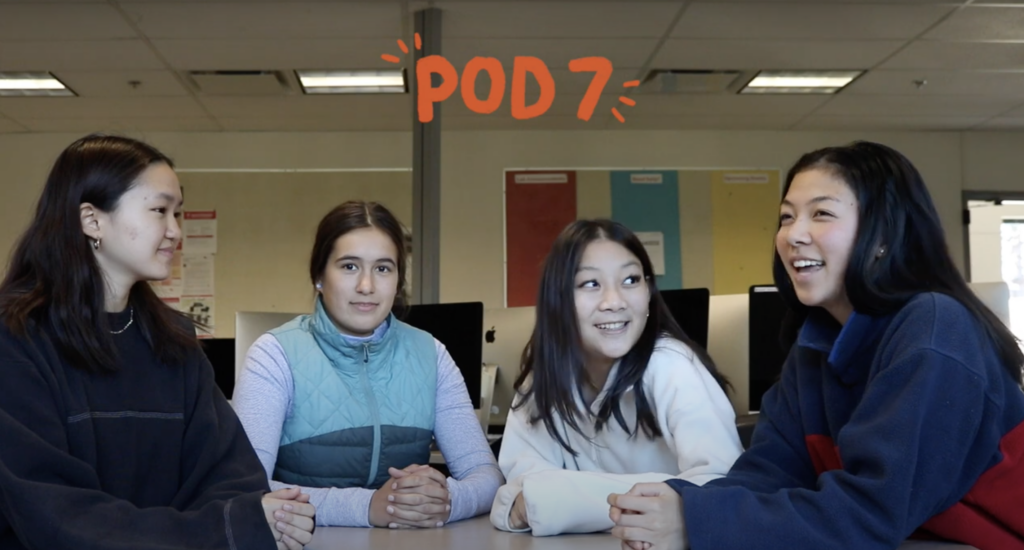
Finally, I am here to introduce our final Pod 7 inquiry project! Nova, Anju, Meaghan and I worked on this together and we’re excitied to share what we decided to do our project on and what we learned through it during this term. Getting to our question took some time and trial and error, but ultimately, the inquiry question we landed on was…
How can we use already existing platforms within a classroom in a creative and innovative way?
We landed on this question because of discussions we had on our Link2Practice obervations and gamification. We noticed that being resourceful with what you have is a really key skill for teachers to have. With this, we considered what we could do with existing, free platforms that we could make more engaging through gamification. In our project, we focused on google forms and created an online escape room challenge.
Our video below goes into detail how we came to this inquiry question and goes through steps of how to use google forms as an engaging learning tool for students. Hopefully you can use this as a resource and enjoy!
Through our research we’ve discovered how much more we can do with these traditional platforms like powerpoint that teachers can totally customize and alter to fit certain lessons or make learning more accessible for diverse learners. The presentations from Tina O’Keefe on game-based learing and gamification, along with Tracy Humphrey’s talk on accessibility were both inspirations to our project. In addition, the overall discussions on innovation with the Most Likely to Succeed documentary and Jeff Hopkins were also contributors to our mindet of innovation with what is available and making learning more engaging.
Overall, I’m glad to have tackled this inquiry question with my pod and I look forward to creating my own google forms learning games and delve deeper into discovering way to use existing platforms in innovative ways to benefit student learning!
